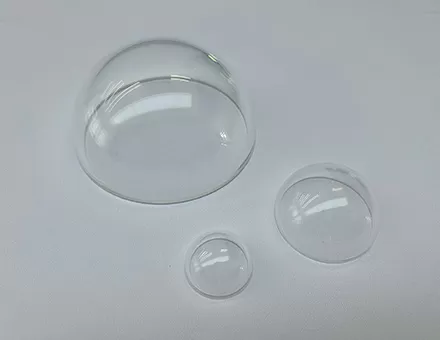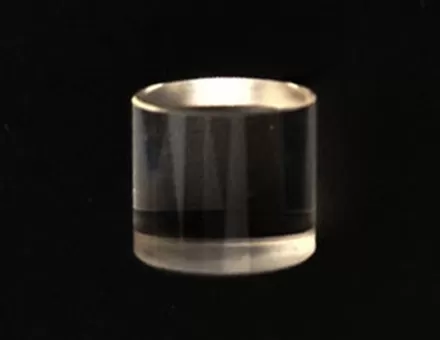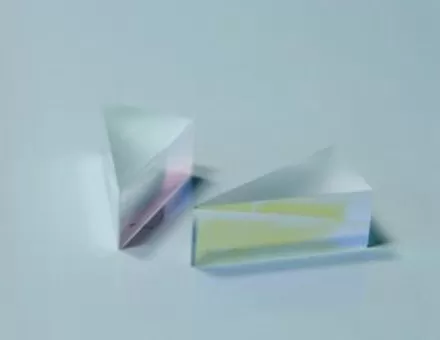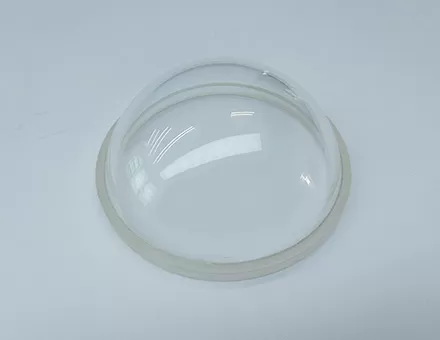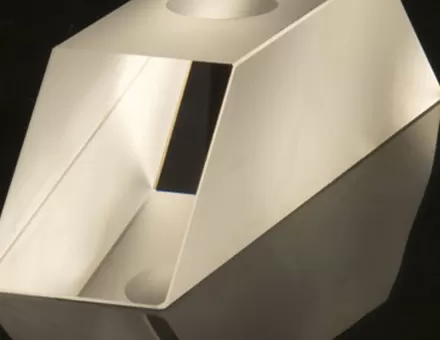Optical prisms are solid glass optics that are ground and polished to geometrically and optically distinct shapes. Angle, position and number of optical planes help define type and function. One of the most recognized uses of optical prisms, demonstrated by Sir Isaac Newton, involves dispersing a beam of white light source into the colour of its components. Devices utilizing this application are refractometers and spectral elements. Since this initial discovery, optical prisms have been used in systems to "refract" light, "fold" the system into a smaller space, change the orientation of the image (also known as handedness or parity), and combine or split light beams part of the reflective surface. These uses are common in the use of telescopes, magnifiers, surveying instruments and many other applications.
1. Characteristics of pptical prisms
A distinguishing feature of optical prisms is their ability to act as a flat mirror system to simulate light reflection in a prismatic medium. Replacing mirror assemblies is probably the most useful prism application because they both refract or fold light and alter image alignment. To achieve a single prism-like effect, multiple mirrors are often used. Therefore, replacing several mirrors with one optical prism reduces potential calibration errors, improves accuracy and reduces system size and complexity.
2. Application of optical prisms
Ordinary triangular optical prisms can split white light into its constituent colors, called the spectrum. Each color or wavelength that makes up white light is bent or refracted, but by different amounts. In optics, an optical prism is a piece of glass or other transparent material cut at the exact angle and plane that can be used to analyze and reflect light. Shorter wavelengths (those towards the violet end of the spectrum) bend the most, while longer wavelengths (those towards the red end of the spectrum) bend the least. Such optical prisms are used in certain beam splitters, instruments that analyze light, and to determine the identity and structure of materials that emit or absorb light.
Optical prisms are transparent objects surrounded by two intersecting but non-parallel planes that are used to separate light rays or disperse light beams. Optical prisms are made of transparent materials. It is widely used in optical instruments, and prisms can be divided into several types according to their properties and uses. For example, in a spectrometer, the "dispersive prism" that decomposes the composite light into a spectrum is more commonly used as an equilateral prism; in periscopes, binoculars and other instruments, the direction of the light is changed to adjust its imaging position. "Reflecting prisms" generally use right-angle prisms. Ecoptik offers different types of optics, optical prisms for sale, such as roof prisms, pyramids, quadrature prisms and pentaprisms.


















 EN
EN
